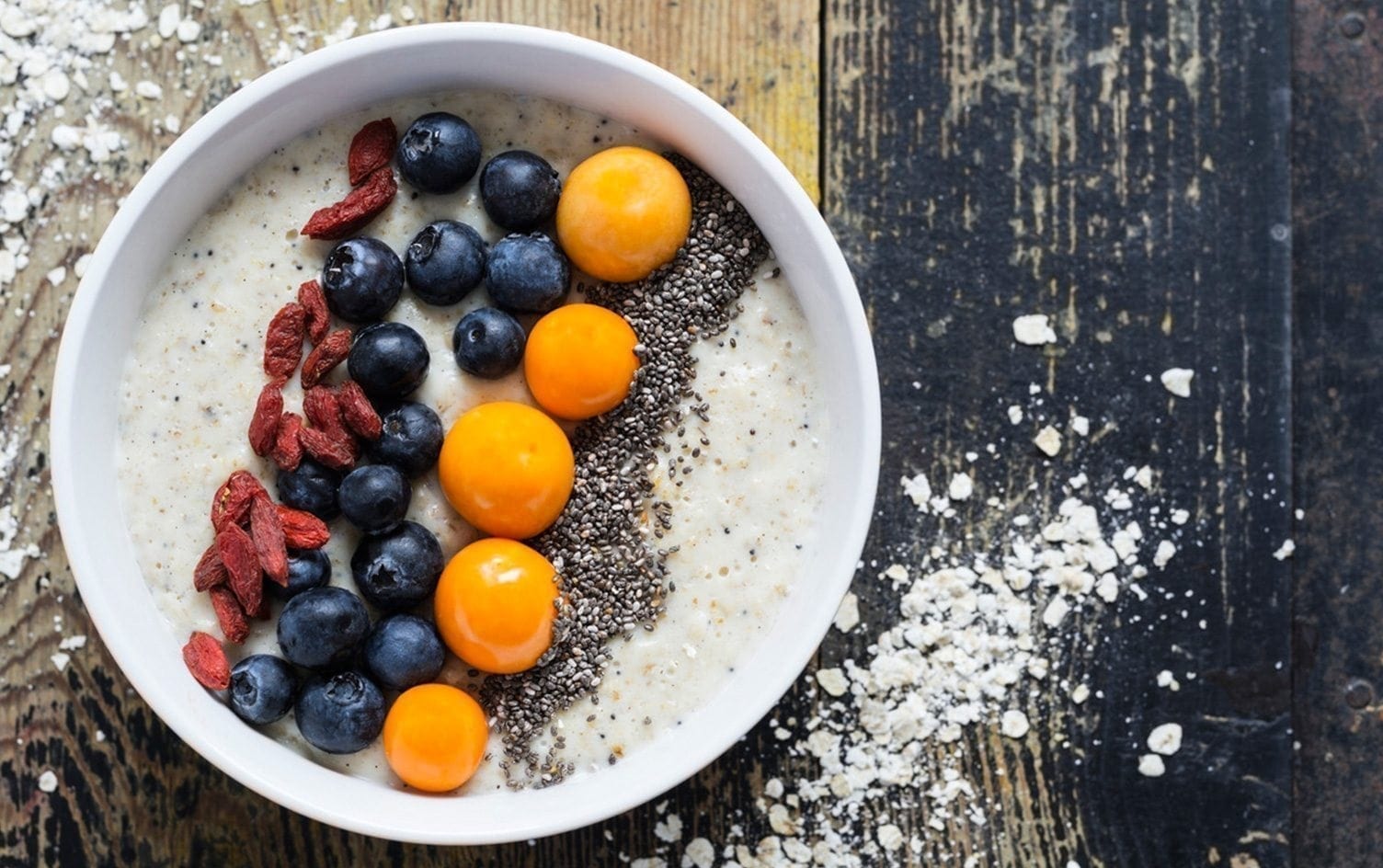What if someone told you good health could be achieved from food instead of medication? That is the impetus behind the use of the word “superfood,” found plastered across packaging labels and product advertisements on nearly every aisle of the grocery store. Exotic (and often pricey) foods tout their “superfood” status by boasting high levels of antioxidants, vitamins and minerals with various health claims. But consensus on what actually qualifies as a superfood — and if the term should even be used — is a topic of hot debate.
THE ORIGIN OF THE TERM
The term was first coined in the 1990 book “Superfoods,” which discussed how a healthful diet can treat illnesses. Not surprisingly, its list of foods included fruits and vegetables, whole grains and nuts.
The notion of superfoods was appealing and quickly caught on, spreading across food labels and advertisements with food companies attempting to use the emerging trend to their advantage.
[inline_post]
WHAT TO KNOW
According to Merriam-Webster, the definition for a superfood is any food that is nutritionally dense in nutrients considered beneficial for health — such as blueberries, kale and açaí. Most of these foods are plant-based, but some fish and dairy products also qualify.
However, there are no scientific guidelines or criteria in the U.S. for determining what is and isn’t a superfood, allowing food companies and marketers to use this term for any food thought to have health benefits.
Eating nutrient-dense superfoods is certainly a good start for a healthy, sustainable diet, but sprinkling a few of these powerhouse items into your routine will not provide the same health benefits as a balanced, whole-food diet filled with a variety of lean protein, whole grains and vegetables would. Eating too much of any one food may prevent you from getting all the nutrients you need, including potassium, calcium and vitamin D.
THE BOTTOM LINE
Experimenting with new superfoods can be a great way to get a boost of nutrients and antioxidants without relying on supplements or medications, but a balanced diet with a variety of whole foods is always the best way to go!
Check out this list of superfoods to give your nutrition a boost:
SEAWEED
This powerful plant takes the classic advice to “eat your greens” to a whole new level. Because seaweed grows under water, it absorbs high levels of calcium and iodine from its nutrient-rich environment. It serves as a natural antioxidant and is a diuretic, relieving water retention and detoxifying your body. Seaweed varieties such as kelp and nori can be wrapped inside sushi rolls, mixed into stews or purchased in flake form to sprinkle on top of dishes.
AÇAÍ
Commonly blended into beautiful smoothie bowls and shakes, açaí is a berry native to the Amazon rainforest. Packed with 10 times the antioxidants of grapes, these berries are touted for immune-boosting, energy-stimulating properties. Antioxidants such as anthocyanins work to balance cholesterol levels and protect cells from damaging free radicals, while polyphenolic compounds boost immune function. Açaí is rarely sold in whole berry form, but you can easily find it frozen in packets, tablets or powders that can be blended with other fruits for a delicious breakfast bowl or snack.
CHIA SEEDS
Don’t be fooled by the appearance of these tiny seeds — they pack more healthy omega-3 fats than flaxseeds, and offer a big dose of calcium and a variety of other vitamins and minerals essential for good health. Chia seeds are packed with fiber that helps to aid digestion and feed your gut bacteria, and are an excellent source of high-quality, plant-based protein. Try sprinkling these seeds on Greek yogurt, soaking them in juice, adding them to rice dishes or using them as egg substitutes to make a vegan dessert.
BEE POLLEN
This lesser-known superfood serves as nourishment for young bees and is packed with vital macro- and micronutrients. About 40% of bee pollen is protein in the form of free amino acids that can be quickly used by your body. In many cultures, bee pollen is used as a medication, touted for its antibiotic properties and ability to reduce inflammation. Allergies setting in? Eating bee pollen has been touted as form of natural allergy relief. Granules of bee pollen can be easily sprinkled on yogurt or blended into a smoothie. But as with anything, this superfood may not live up to its hype and be too risky for some, as a small dose can lead to severe anaphylaxis in those who are allergic to bees.




